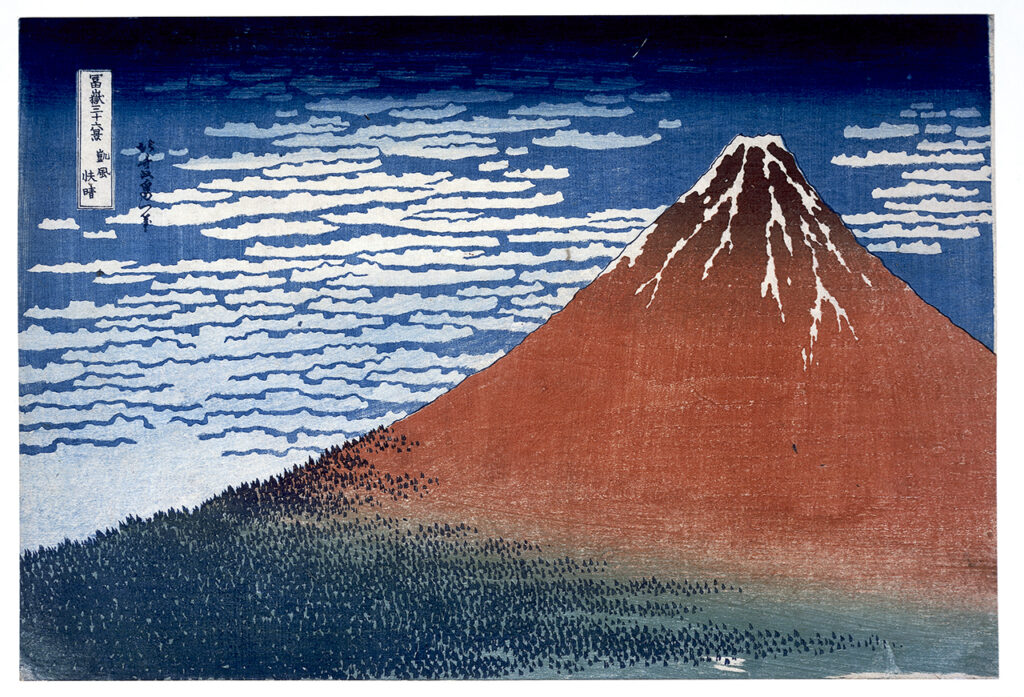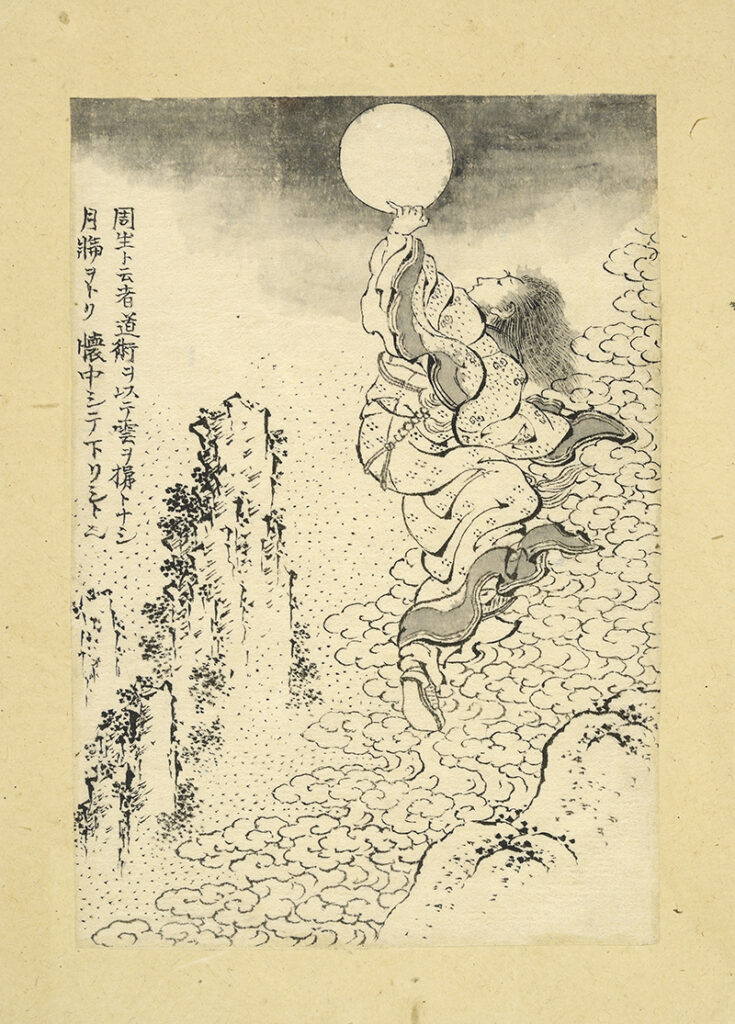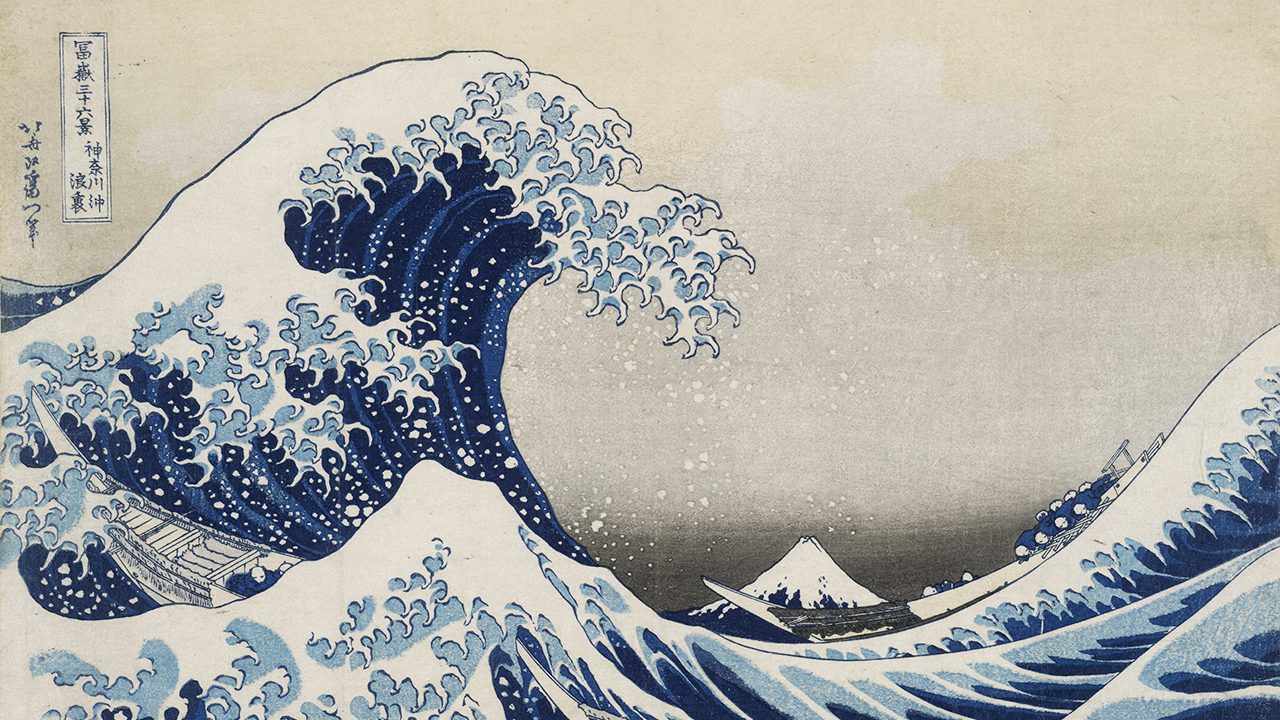Jean-Sébastien Beaucamps is not, by his own admission, a natural-born entrepreneur — though he’s certainly adapting to the relentless work and sleep habits like a veteran. Pairing his professional expertise in using digital innovations to transform traditional sectors with his personal passion for art and culture, Beaucamps is launching LaCollection, a platform for cultural institutions to mint NFTs and reach entirely new audiences.
The spark arrived deep into lockdown with museums still off-limits in the form of a question, “Why not apply the museum licensing model not on postcards but NFTs?” The hunch gained traction as Beaucamps scrolled through the surge of art NFTs foisted on the blockchain in the post-Beeple melee that the art world suddenly found itself in. The level of art, he surmised, was somewhat lacking. He promptly created LaCollection, found partners, and began cold-calling museums on LinkedIn.
His vision struck a chord with the British Museum and together, they began work on the inaugural drop ahead of a Hokusai exhibition, The Great Picture Book of Everything. More than 200 Hokusai NFT works are set to be released in the coming months, some at fixed prices, others at auction. The goal is to create a parallel with the physical exhibition and introduce young, digitally native audiences to one of the world’s oldest museum collections. “Everyone knows ‘The Wave’,” Beaucamps says. “Very few know the name Hokusai.”

Katsushika Hokusai, “Clear Day with a Southern Breeze (‘Red Fuji’),” from the series Thirty-six Views of Mt. Fuji, 1831. Image: © 2021, The Trustees of the British Museum
The platform may indeed generate much needed revenues with 10 percent of secondary market sales going to museums, but LaCollection aims to be more than a transactional platform — it wants to be the major hub for art and tech enthusiasts to engage with cultural institutions online. “We’re 100 percent sure that in a couple of years all art institutions will be present in the NFT space,” Beaucamps says, “but first they need to see successful pilots and projects.”
Ahead of LaCollection’s September 30 launch, Jing Culture & Commerce touched base with Beaucamps to break down one of the first NFT platforms devoted to global arts and culture institutions.
The vision
In Beaucamp’s own words, LaCollection aims to be “the leading cultural platform for art and tech enthusiasts. Please note, there’s not even the word NFT in this vision; our positioning is focused on art institutions.”
The audience
Cultural institutions have a demographic problem, and NFTs present an avenue to connect with a new audience and younger generation — the average collector is 37-years-old, according to Christie’s, and three quarters of them are entirely new to the art world. That said, the platform’s basic marketplace, smooth experience, and acceptance of credit cards speaks of a desire to reach non-crypto natives. LaCollection aims to act as a bridge and Beaucamps cites the introductory soundbites from the Louvre’s new president, Laurence des Cars, as representative of the sector’s broader concerns: “The NFT can be a key tool to target a much younger and international community.”
The process

Katsushika Hokusai, “Zhou Sheng, who used Daoist arts to form a ladder out of clouds and seize the moon,” from the series Illustrations for the Great Picture Book of Everything, 1820-1840s (1760-1849). Image: © 2021, The Trustees of the British Museum
As NFTs quickly became 2021’s cultural phenomenon, more than 100 NFT platforms (and counting) materialized catering to every niche and audience, some fully open, others highly selective. LaCollection rests on the curated end of the spectrum and seeks to provide a coherent environment compatible with a museum’s brand. First, LaCollection defines the theme of a NFT drop in conversation with the partner institution; next, it selects artworks and determines a level of scarcity; last, it combines the image with a certificate signed by both the museum and LaCollection, and mints it on the Ethereum blockchain. “Everything is traceable and visible,” Beaucamps says. “It’s easy to know how many transactions are made, what the amount of the transactions and commissions are.”
Environmental impact
The first realization NFTs prompted in popular consciousness was the existence of a new art form and asset class. The second was the environmental cost incurred by minting them. LaCollection is awake to these concerns, but chose the Ethereum blockchain over “eco-friendly” alternatives on the grounds of maximizing reach and the green promise of Ethereum 2.0. To combat its carbon footprint, LaCollection will run what Beaucamps calls their “NFTree program,” buying a tree through a nation trust for each NFT minted. “It’s simple. We calculated the energy cost and CO2 impact, and we offset the impact many times over,” notes Beaucamps. “Our competitors can’t say the same.”
The future
LaCollection wants to be far more than a trading platform for NFTs minted by prestigious cultural institutions. On LaCollection, buying a NFT is the beginning of a collector’s relationship, one set to be extended through services such as art-focused webinars or exclusive museum visits, be they physical or digital. Longer term, the goal is to build a community of contemporary digital artists who are tapped to riff off museum masterpieces. Will all this boost in-person visits? Beaucamps certainly thinks so: “Interact with the young generation, allow them to discover your collection, and they could become the future public of the museum.”



